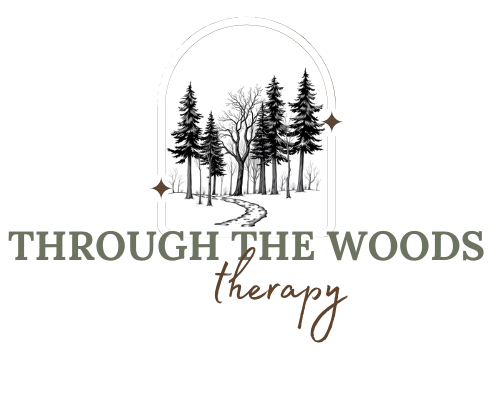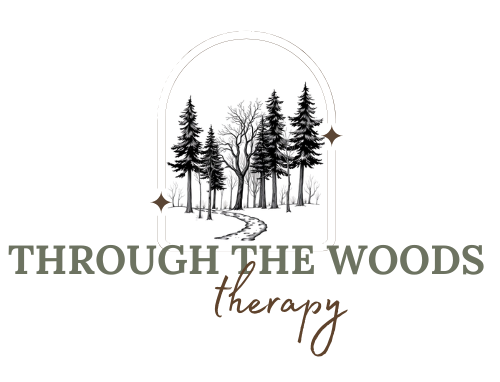Healing from Trauma: Understanding PTSD and the Path to Recovery
Struggling with trauma or PTSD? Learn the signs, symptoms, and how to start healing. Discover effective trauma recovery tools and support strategies today.

What Is Trauma?
Trauma is a deeply distressing or disturbing experience that overwhelms a person’s ability to cope. It can result from a single event, like a car accident, or ongoing stress, such as childhood abuse, domestic violence, or combat exposure.
Common types of trauma include:
- Emotional or psychological trauma
- Physical or sexual abuse
- Childhood neglect or abandonment
- Accidents, disasters, or witnessing violence
When left unresolved, trauma can lead to Post-Traumatic Stress Disorder (PTSD), a mental health condition that affects millions of people worldwide.
What Is PTSD?
Post-Traumatic Stress Disorder (PTSD) is a psychiatric condition triggered by experiencing or witnessing a traumatic event. While not everyone who experiences trauma develops PTSD, for many, the symptoms can interfere with daily life, relationships, and work.
Common PTSD Symptoms:
- Flashbacks or intrusive memories
- Nightmares or insomnia
- Hypervigilance or feeling "on edge"
- Emotional numbness or detachment
- Avoidance of people, places, or reminders of the trauma
- Guilt, shame, or low self-worth
PTSD can affect anyone—children, veterans, survivors of abuse, first responders, or anyone who has experienced overwhelming stress.
How Trauma Affects the Brain and Body
Trauma doesn’t just impact your thoughts and emotions—it physically changes your brain. It can:
- Over-activate the amygdala (fear center)
- Reduce function in the prefrontal cortex (decision-making and logic)
- Impair the hippocampus, which affects memory and emotional regulation
These changes can explain why trauma survivors feel "stuck" in survival mode or have difficulty trusting, connecting, or feeling safe.
Healing from Trauma: What Recovery Looks Like
Healing from trauma is possible with the right support, time, and resources.
Evidence-Based PTSD Treatment Options:
- Trauma-focused therapy (such as EMDR, CPT, or CBT)
- Somatic therapies (focus on body awareness and regulation)
- Medication (SSRIs or anti-anxiety medications, when prescribed)
- Support groups or peer networks
- Mindfulness and grounding techniques
- Lifestyle changes (healthy sleep, nutrition, movement)
Recovery is not about forgetting the trauma—it’s about regaining control, safety, and self-compassion.
Tips for Supporting Trauma Recovery
Whether you're healing or helping someone else, here are ways to support trauma recovery:
- Create a safe, supportive environment
- Respect boundaries and avoid pushing for details
- Encourage professional help
- Practice active listening and validation
- Promote self-care and stress management tools
When to Seek Help
If you or someone you know is experiencing symptoms of PTSD that interfere with life, it's time to seek support. Mental health professionals trained in trauma can help guide the healing process.
You are not alone. Help is available. Recovery is real.
Final Thoughts
Living with trauma or PTSD is hard—but healing is possible. The first step is understanding how trauma impacts you, and then taking small, compassionate steps toward recovery. Whether through therapy, community, or self-care, know that your journey matters, and your healing is worth the effort.
Ready to Start Healing?
If you’re struggling with trauma or PTSD, you don’t have to go through it alone. Reach out today to schedule a confidential therapy session and take the first step toward healing. Your mental health matters—and help is just a conversation away.





